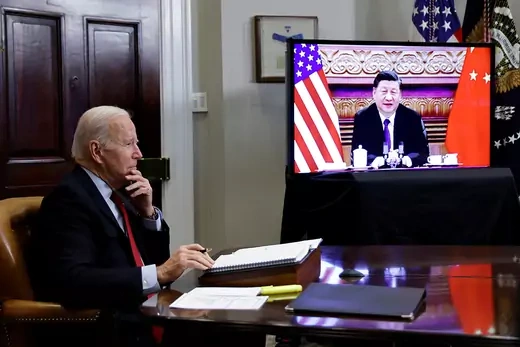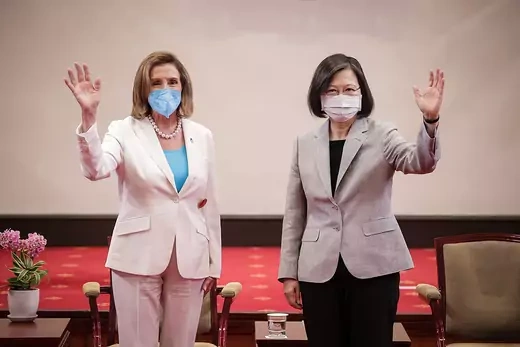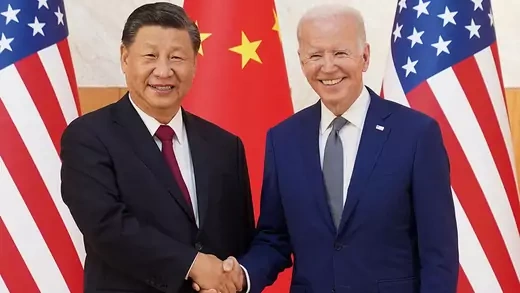-
People’s Republic of China Established
- Chinese Communist Party leader Mao Zedong established the People’s Republic of China in Beijing on October 1 after peasant-backed Communists defeated the Nationalist government of Chiang Kai-shek. Chiang and thousands of his troops fled to Taiwan.
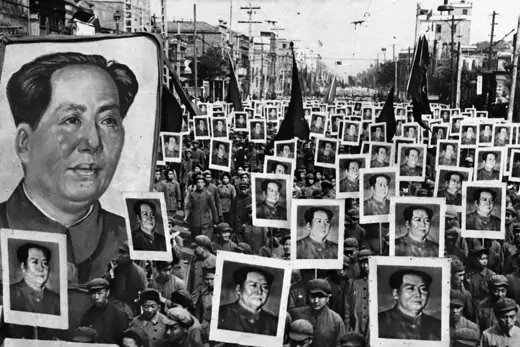
-
Korean War Breaks Out
The Korean War broke out, mainly a conflict between communism and capitalism, and the first direct war between China and the United States was fought on the Korean Peninsula.
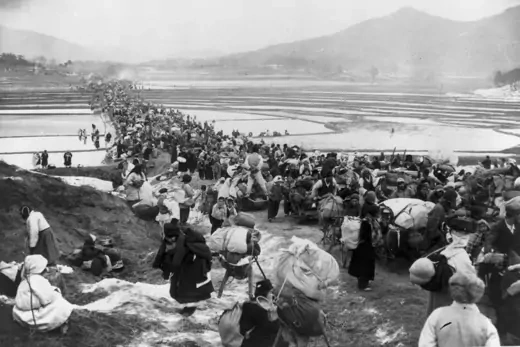
-
First Taiwan Strait Crisis
President Dwight Eisenhower lifted the U.S. navy blockade of Taiwan in 1953, leading Chiang Kai-shek to deploy thousands of troops to the Quemoy and Matsu islands in the Taiwan Strait in August 1954. Mainland China’s People’s Liberation Army responded by shelling the islands. Washington signed a mutual defence treaty with Chiang’s Nationalists.
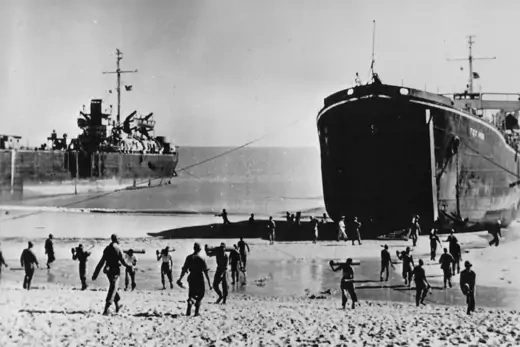
-
Tibetan Uprising
Changes occurred in Tibet, China. The 14th Dalai Lama changed his attitude and did not support the 14th resolution. Tibetan people rioted. The Chinese Communist Party suppressed the Tibetan uprising. The Dalai Lama fled to India. In the same year, the Taiwanese resistance organization was established.
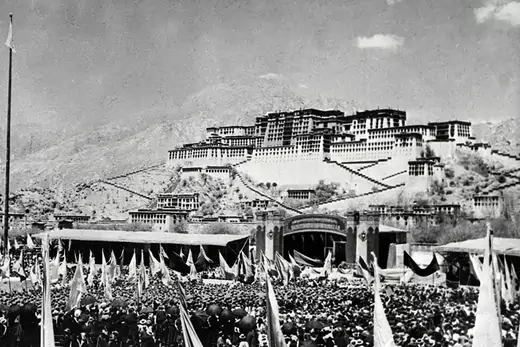
-
China’s First Atomic Test
The explosion of the first atomic bomb independently developed by China marked China’s complete entry into the ranks of world powers and its military position as an important one.
-
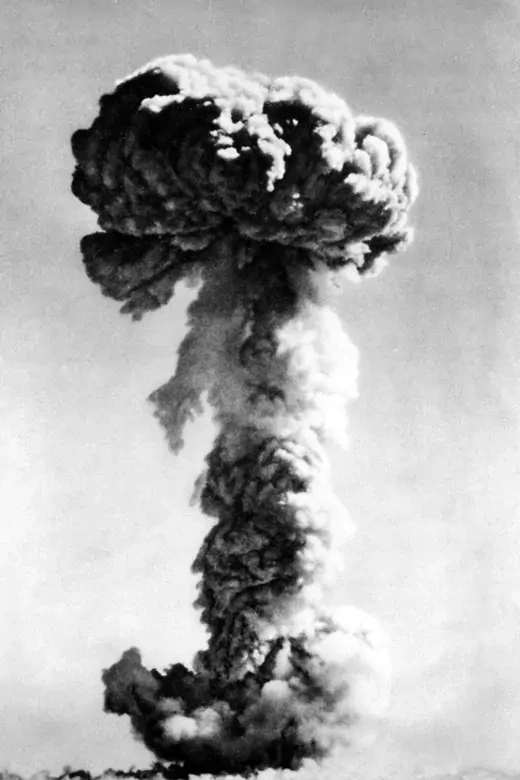
-
Sino-Soviet Border Conflict
Differences over security, ideology, and development models strain Sino-Soviet relations. China’s radical industrialization policies, known as the Great Leap Forward, lead the Soviet Union to withdraw advisors in 1960.
-
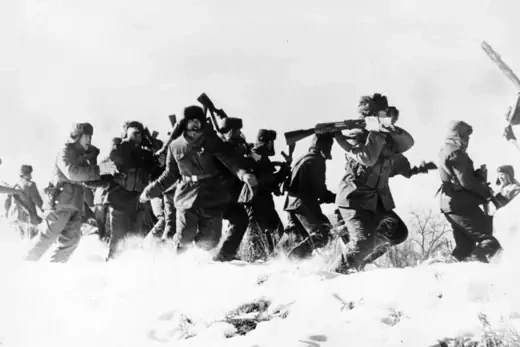
-
Ping-Pong Diplomacy
The first change in the relationship between China and the United States. The Chinese table tennis team invited the American team to compete in China, marking the first change in the relationship between the two countries.
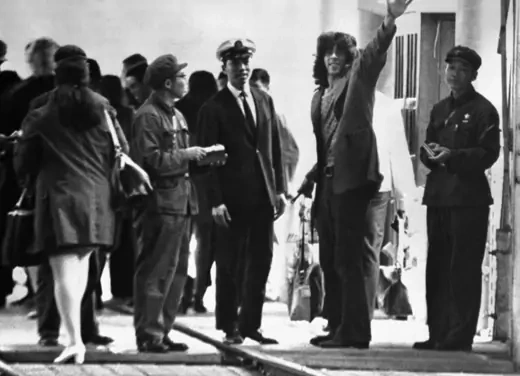
-
Nixon Visits China
- President Richard Nixon spends eight days in China in February 1972, during which he meets Chairman Mao and signs the Shanghai Communiqué with Premier Zhou Enlai.
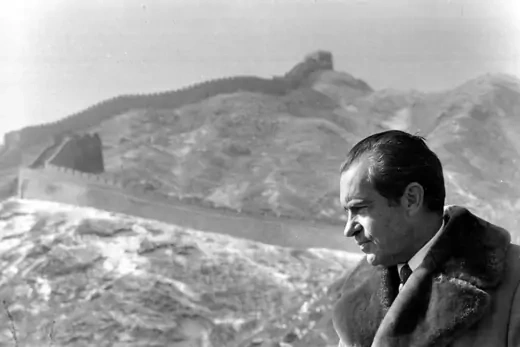
-
Formal Ties and One-China Policy
U.S. President Jimmy Carter grants China full diplomatic recognition, while acknowledging mainland China’s One-China principle and severing normal ties with Taiwan. Chinese Vice Premier Deng Xiaoping, who leads China through major economic reforms, visits the United States shortly thereafter.
-
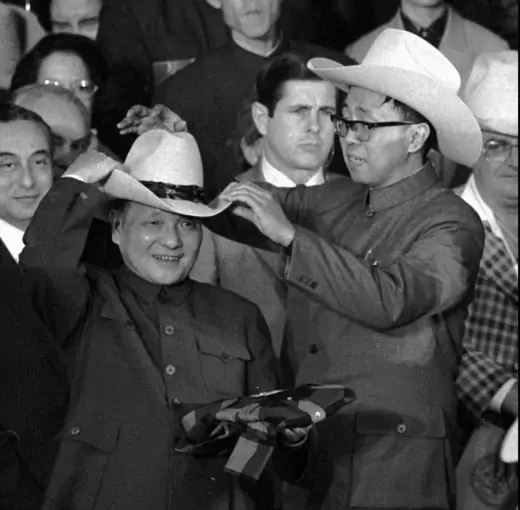
-
China in the Reagan Era
The Ronald Reagan administration issues the “Six Assurances” to Taiwan, including pledges that it will honor the Taiwan Relations Act, it would not mediate between Taiwan and China, and it had no set date to terminate arms sales to Taiwan.

-
Tiananmen Square Massacre
In the spring of 1989, thousands of students held demonstrations in Beijing’s Tiananmen Square, demanding democratic reforms and an end to corruption. On June 3, the government sent in military troops to clear the square, leaving hundreds of protesters dead. In response, the U.S. government suspends military sales to Beijing and froze relations.
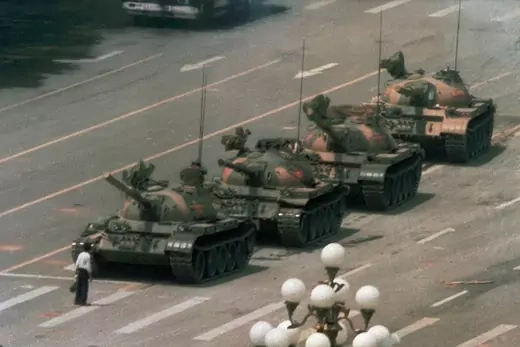
- May 1999
Belgrade Embassy Bombing
The North Atlantic Treaty Organization (NATO) accidentally bombed the Chinese embassy in Belgrade during its campaign against Serbian forces occupying Kosovo in May 1999, shaking U.S.-Sino relations.
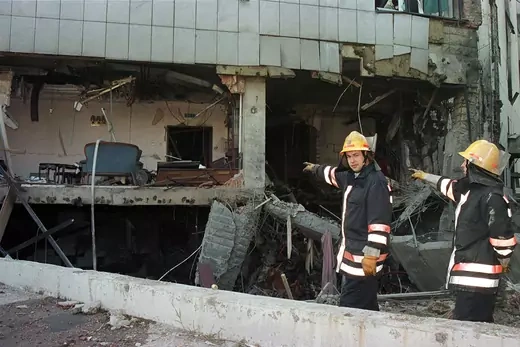
-
Normalized Trade Relations
President Clinton signed the U.S.-China Relations Act of 2000 in October, granting Beijing permanent normal trade relations with the United States and paving the way for China to join the World Trade Organization in 2001.
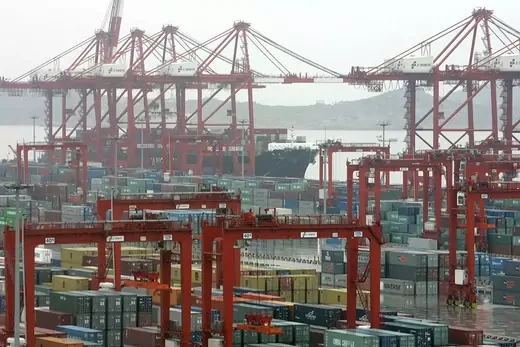
-
‘Responsible Stakeholder’
In a September 2005 speech, Deputy Secretary of State Robert B. Zoellick initiates a strategic dialogue with China. Recognizing Beijing as an emerging power, he calls on China to serve as a “responsible stakeholder” and use its influence to draw nations such as Sudan, North Korea, and Iran into the international system.
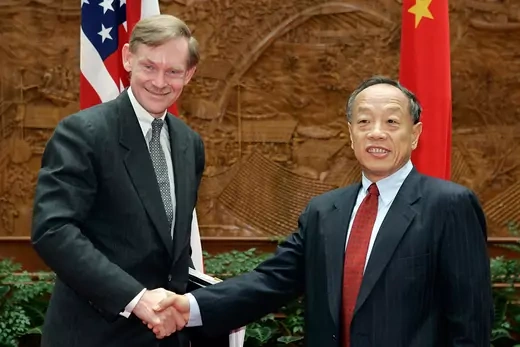
-
China Becomes Largest U.S. Foreign Creditor
- In September 2008, China surpassed Japan to become the largest holder of U.S. debt—or treasuries—at around $600 billion.
-
China Becomes World’s Second-Largest Economy
China surpasses Japan as the world’s second-largest economy after it is valued at $1.33 trillion for the second quarter of 2010, slightly above Japan’s $1.28 trillion for that year. China is on track to overtake the United States as the world’s number one economy by 2027, according to Goldman Sachs chief economist Jim O’Neill.
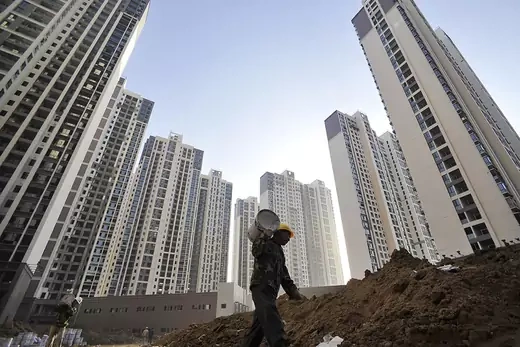
-
Rising Trade Tensions
The U.S. trade deficit with China rises from $273.1 billion in 2010 to an all-time high of $295.5 billion in 2011. The increase accounts for three-quarters of the growth in the U.S. trade deficit for 2011.
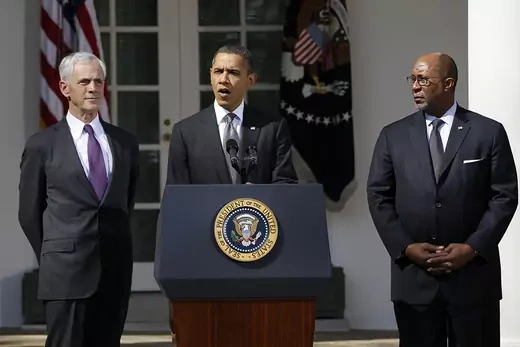
-
Sunnylands Summit
President Obama hosts President Xi for a “shirt-sleeves summit” at the Sunnylands Estate in California in a bid to build a personal rapport with his counterpart and ease tense U.S.-China relations.
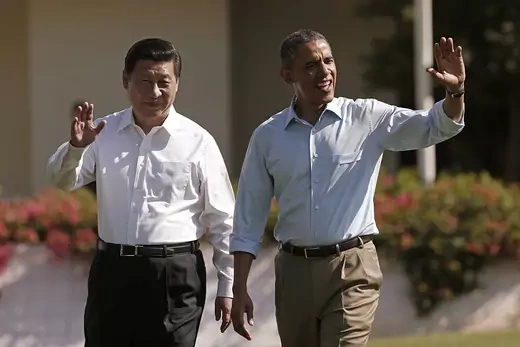
-
Joint Climate Announcement
On the sidelines of the 2014 Asia-Pacific Economic Cooperation summit, President Obama and President Xi issued a joint statement on climate change, pledging to reduce carbon emissions.
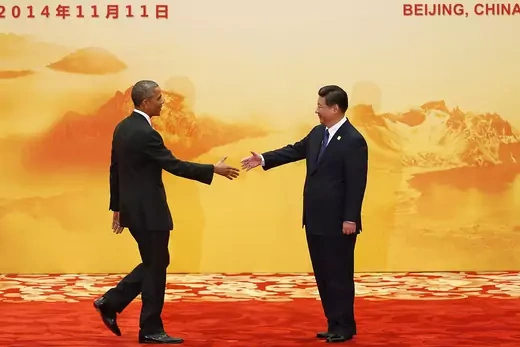
-
U.S. Warns China Over South China Sea
The United States has accused China of reclaiming the South China Sea and placing military installations in the disputed territory, even though Beijing claims that all facilities in the South China Sea are for civilian use.
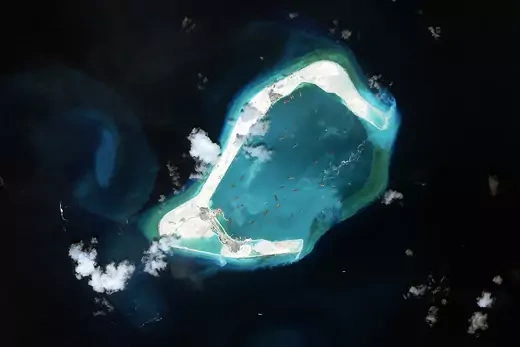
-
Trump Hosts Xi at Mar-a-Lago
President Trump welcomes China’s Xi for a two-day summit at the Mar-a-Lago estate in Florida, where bilateral trade and North Korea top the agenda.
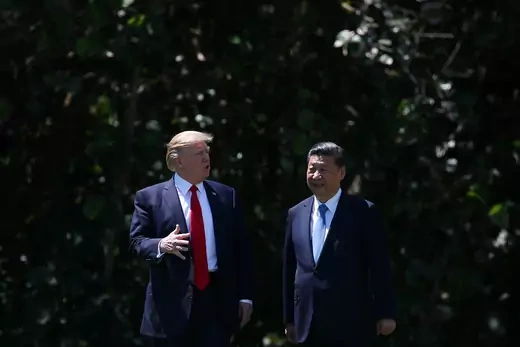
-
Trump Tariffs Target China
著名的川普关税,针对中国的贸易战从此开始, The Trump administration announces sweeping tariffs on Chinese imports, worth at least $50 billion, in response to what the White House alleges is Chinese theft of U.S. technology and intellectual property.
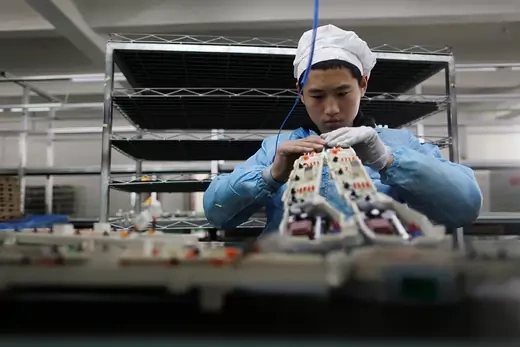
-
Huawei Sues the United States
Huawei was banned by the U.S. government amid the trade war, and Meng Wanzhou, the daughter and executive of Huawei’s founder, was imprisoned by the Canadian government. Huawei sued the US government as a result.
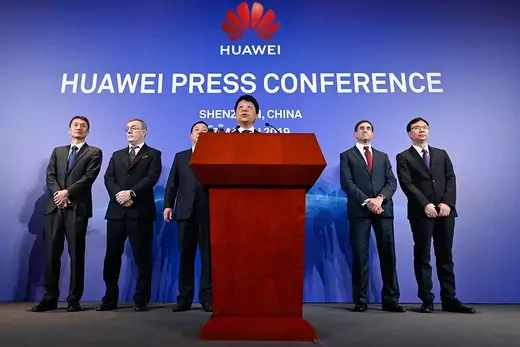
-
Trade War Intensifies
The trade war escalated further, with the Trump administration claiming China would bow to the United States under a new round of $6 billion in tariffs, while Beijing said Washington’s expectations were too high.
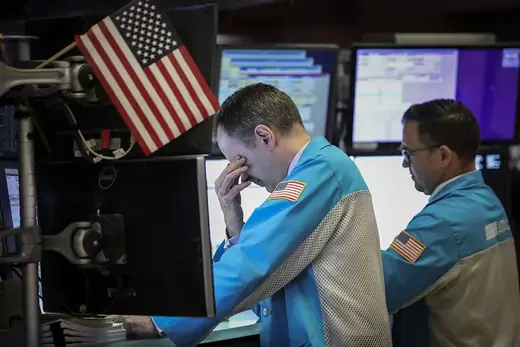
-
‘Phase One’ Trade Deal Signed
Finally, the two-year trade war is over. China and the United States have signed an agreement. China must purchase 200 billion U.S. agricultural products, and the United States will remove tariffs. The U.S. agricultural products industry has been severely hit by the trade war, while China’s manufacturing industry has also been hit. According to the United Nations, Vietnam or Taiwan are the best beneficiaries of this trade war.
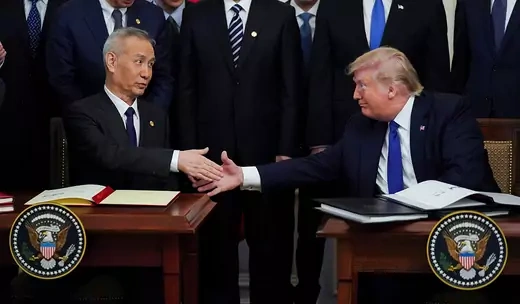
-
Tensions Soar Amid COVID-19 Pandemic
The Trump administration bars all non-U.S. citizens who recently visited mainland China from entering the United States amid an outbreak of a new coronavirus that was first reported in the Chinese city of Wuhan.
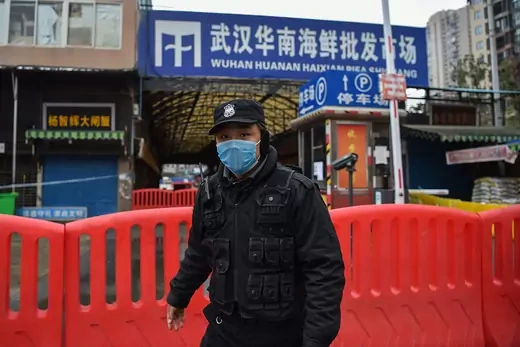
-
Collaboration on Climate Change Amid Tensions
The United States and China, the world’s top emitters of greenhouse gases, sign a joint statement during the UN climate summit in Glasgow.
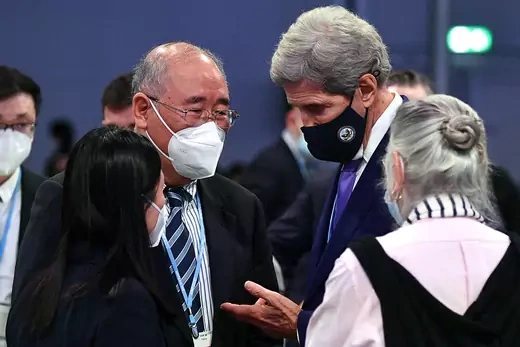
-
Biden, Xi Discuss ‘Guardrails’ to Avoid Conflict
The leaders’ first formal meeting since Biden took office is held virtually and lasts more than three hours.
